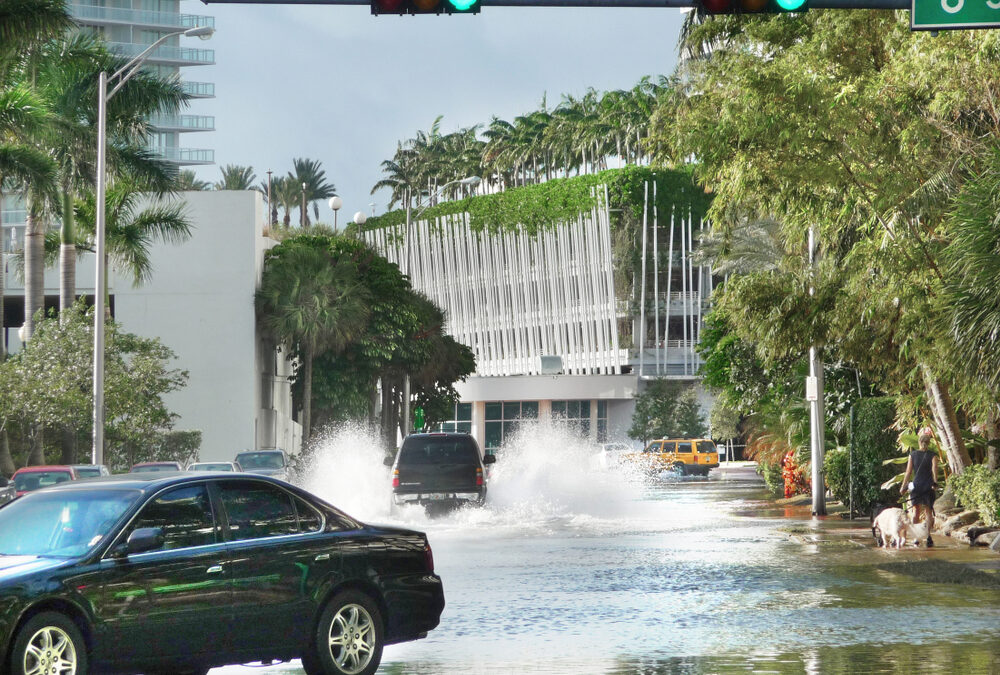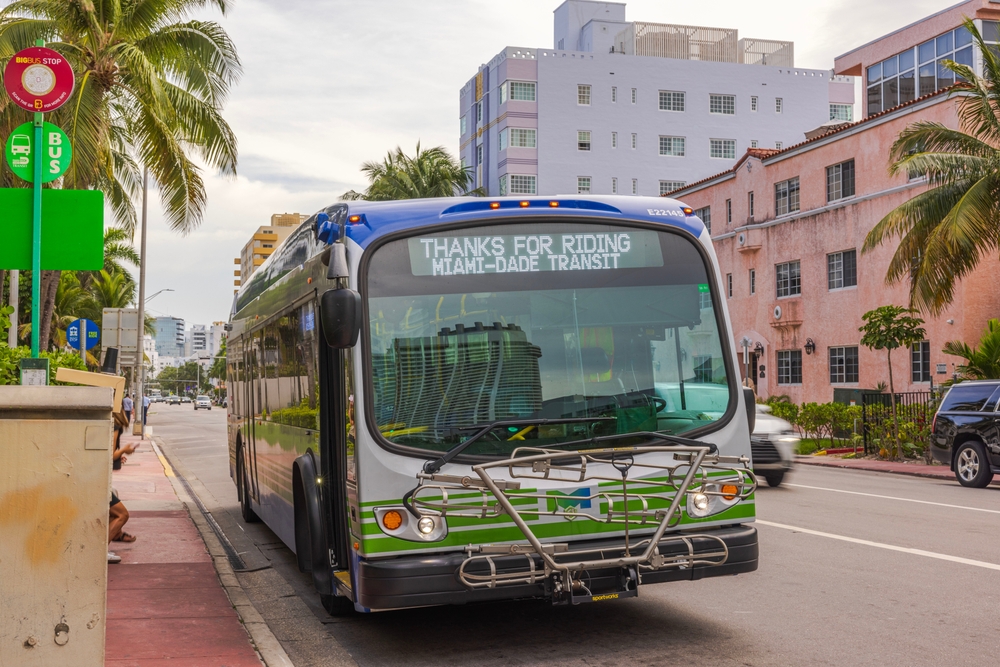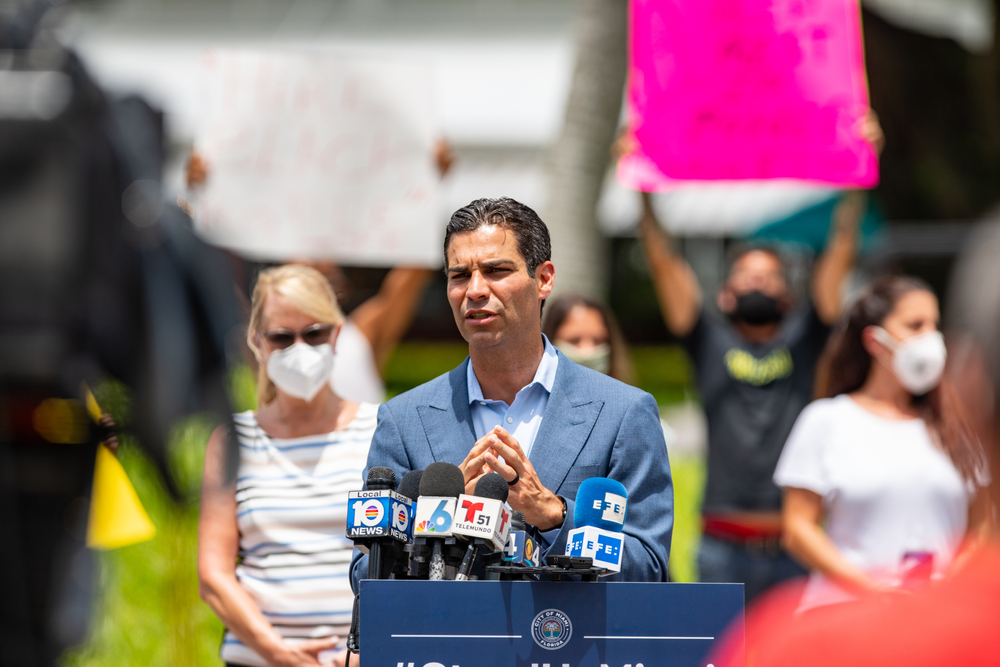Transportation equity begins when access is universal—not just available.
– Wilson Alvarez
February 2025 brings both momentum and mounting pressure in the realm of Miami-Dade transportation. Several long-awaited initiatives are now inching forward—but with each advancement comes the urgent need for accountability, scalability, and smarter implementation. As a licensed Professional Engineer (P.E.), I’ve analyzed the current state based on public data and planning documents from Miami-Dade County. My commentary aims to translate complexity into clarity—and offer solutions grounded in engineering expertise.
Problem: Fragmented Last-Mile Connectivity
The Problem:
Many neighborhoods, especially outside the urban core, lack reliable options to connect to major transit hubs. This leaves potential riders stranded or reliant on cars for short trips.
The Process:
The County has encouraged partnerships with private mobility providers like scooters and ride-shares. Micro-transit pilots are in place, but coverage remains uneven and inconsistent.
The Solution:
Create a unified County-led Last-Mile Integration Strategy. Standardize pickup points, subsidize electric shuttles in underserved areas, and align micro-mobility data with county transportation dashboards.
The End in Mind:
No resident should have to drive 3 miles just to access transit. Last-mile solutions can close the equity gap and boost ridership.
Problem: Delays in Major Infrastructure Projects
The Problem:
Key SMART Plan corridors like the Kendall and North corridors are still in design or pre-construction phases, facing bureaucratic, funding, and coordination challenges.
The Process:
The County continues to host public meetings and prepare environmental and engineering documentation. However, timelines are slipping, and public trust is waning.
The Solution:
Appoint a Transportation Program Czar—an empowered, experienced project leader to oversee delivery timelines, eliminate silos, and publicly report monthly progress.
The End in Mind:
Big promises require bold delivery. The community deserves transparency and movement—not just plans and presentations.
Problem: Outdated Fare Collection Systems
The Problem:
Riders still report difficulties using the EASY Card and app, especially with transfers between modes and platforms. Tourists and occasional users face a steep learning curve.
The Process:
The County launched the new GO Miami-Dade Transit app but is still phasing in features. Full NFC/tap-to-pay compatibility is not universal.
The Solution:
Accelerate the implementation of contactless fare collection across all platforms, and introduce a Miami Transit Wallet that integrates fares, parking, and bike-share in one user-friendly app.
The End in Mind:
A seamless, app-based, multi-modal experience that rivals top global cities—and makes public transit accessible for everyone.
Problem: Green Infrastructure Still Lags Behind
The Problem:
Stormwater flooding remains a threat, especially after heavy rain events in Coral Gables, Downtown, and Little River. Too many streets are still hard surfaces with no drainage alternatives.
The Process:
Miami-Dade has initiated green infrastructure pilots with bioswales and permeable pavement, but deployment is slow.
The Solution:
Mandate green stormwater infrastructure (GSI) in all new capital projects and incentivize private sector retrofitting. Train county staff in GSI best practices.
The End in Mind:
Reduce flooding, replenish groundwater, and cool our streets—all while building climate resilience into our transportation network.
Problem: Underused Freight Rail Capacity
The Problem:
Miami-Dade has existing freight rail corridors that are underutilized and disconnected from last-mile delivery systems.
The Process:
Conversations with CSX and FEC Rail are ongoing. But there’s no clear plan to optimize rail for local or short-haul logistics.
The Solution:
Re-purpose underused freight corridors for shared-use logistics and rapid freight movement. Establish urban freight hubs near rail stations to reduce truck traffic.
The End in Mind:
Cleaner, faster, and more efficient goods movement—especially critical as Miami’s port and e-commerce sectors grow.
“A good plan today is better than a perfect plan tomorrow.” – George S. Patton
In transportation, perfection can paralyze. Let’s act boldly with the tools we have and refine as we go.
Takeaway:
Miami-Dade’s February transportation outlook reveals one consistent truth: progress is happening—but it needs acceleration, smarter coordination, and resident-first execution. Solutions exist. What’s missing is urgency.
Call to Action:
If you’re a stakeholder—government official, planner, or concerned citizen—speak up. Support bold, strategic transportation moves that put people and performance at the center.
Join the conversation—demand smarter transportation now, not ten years from now.





